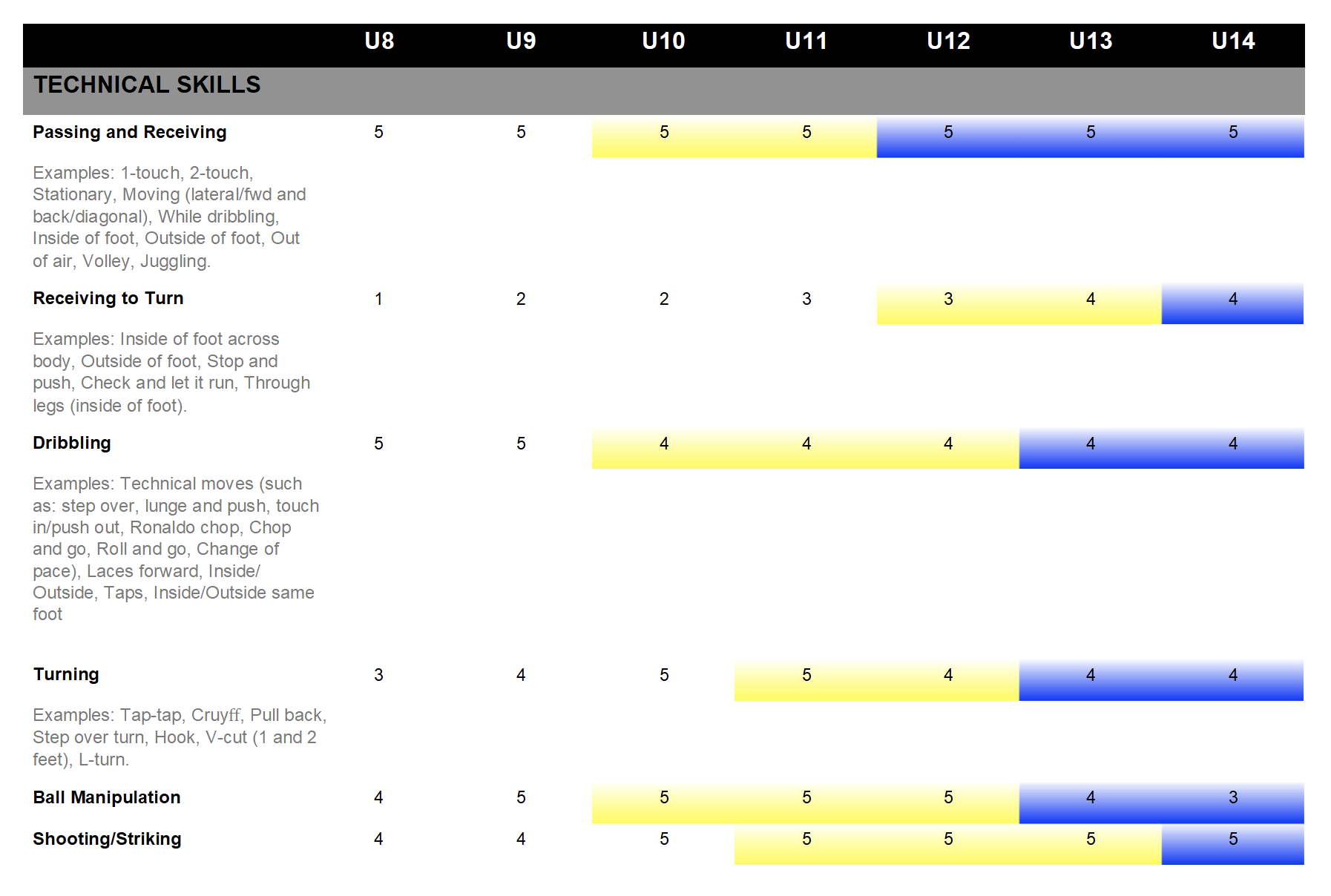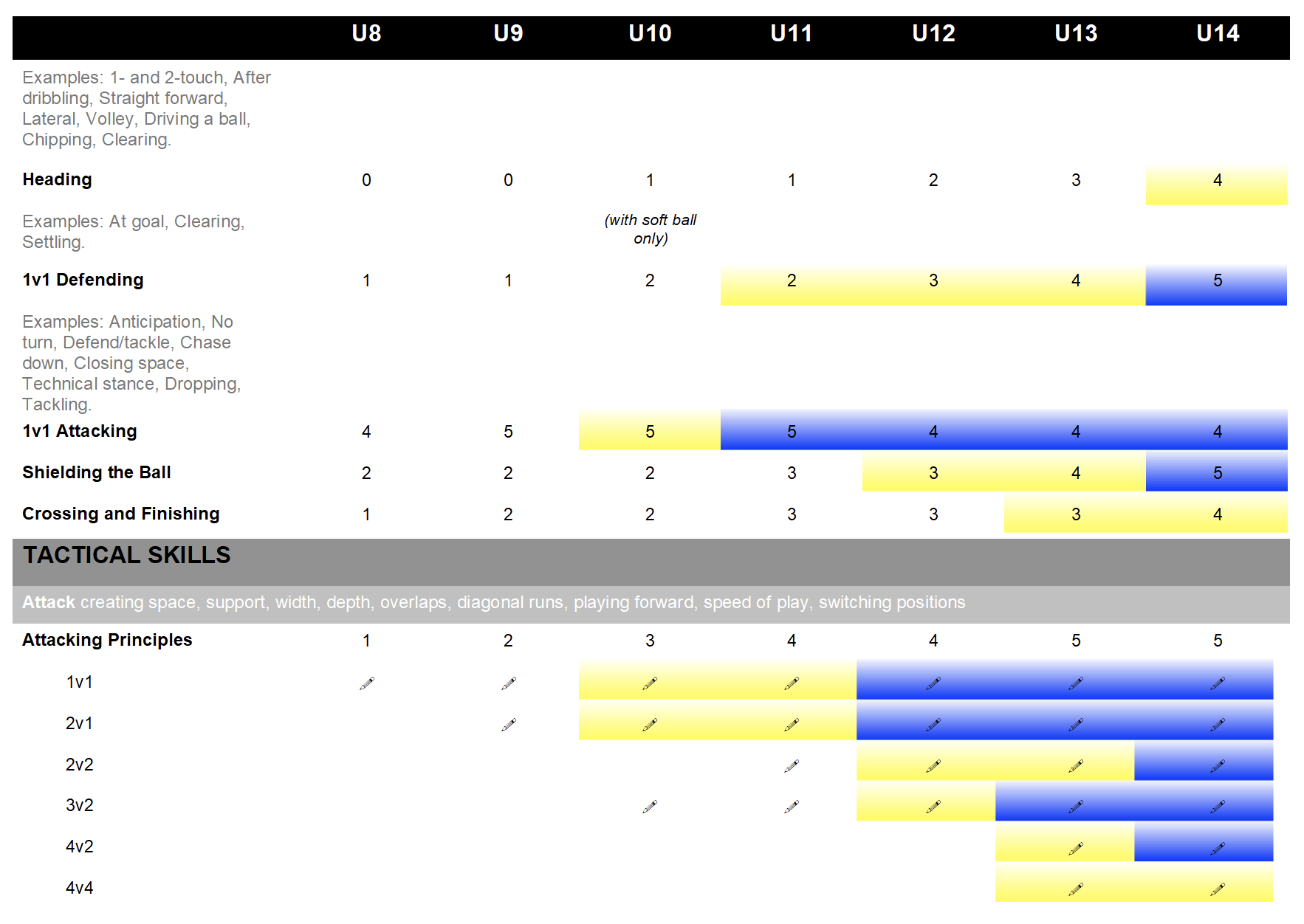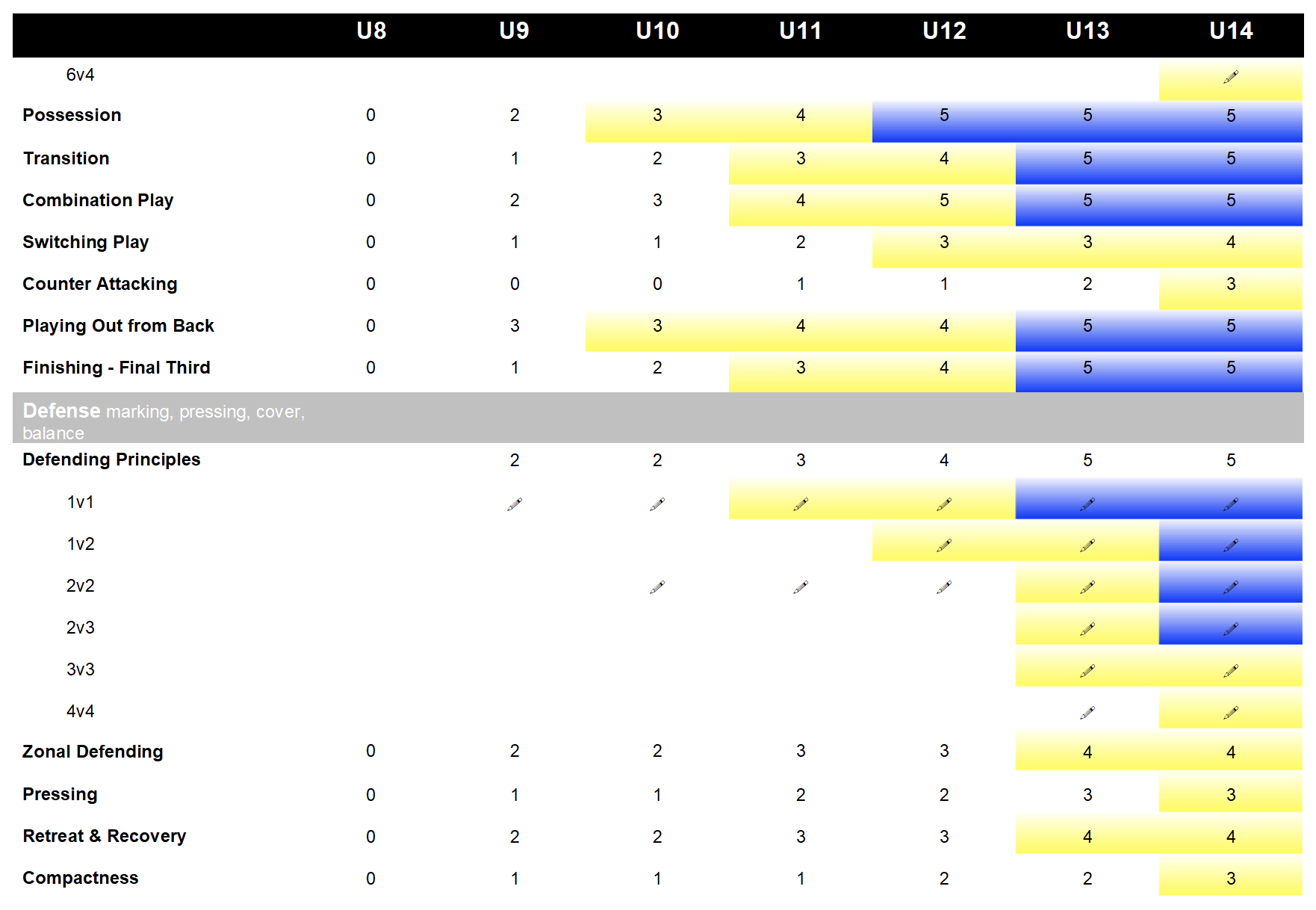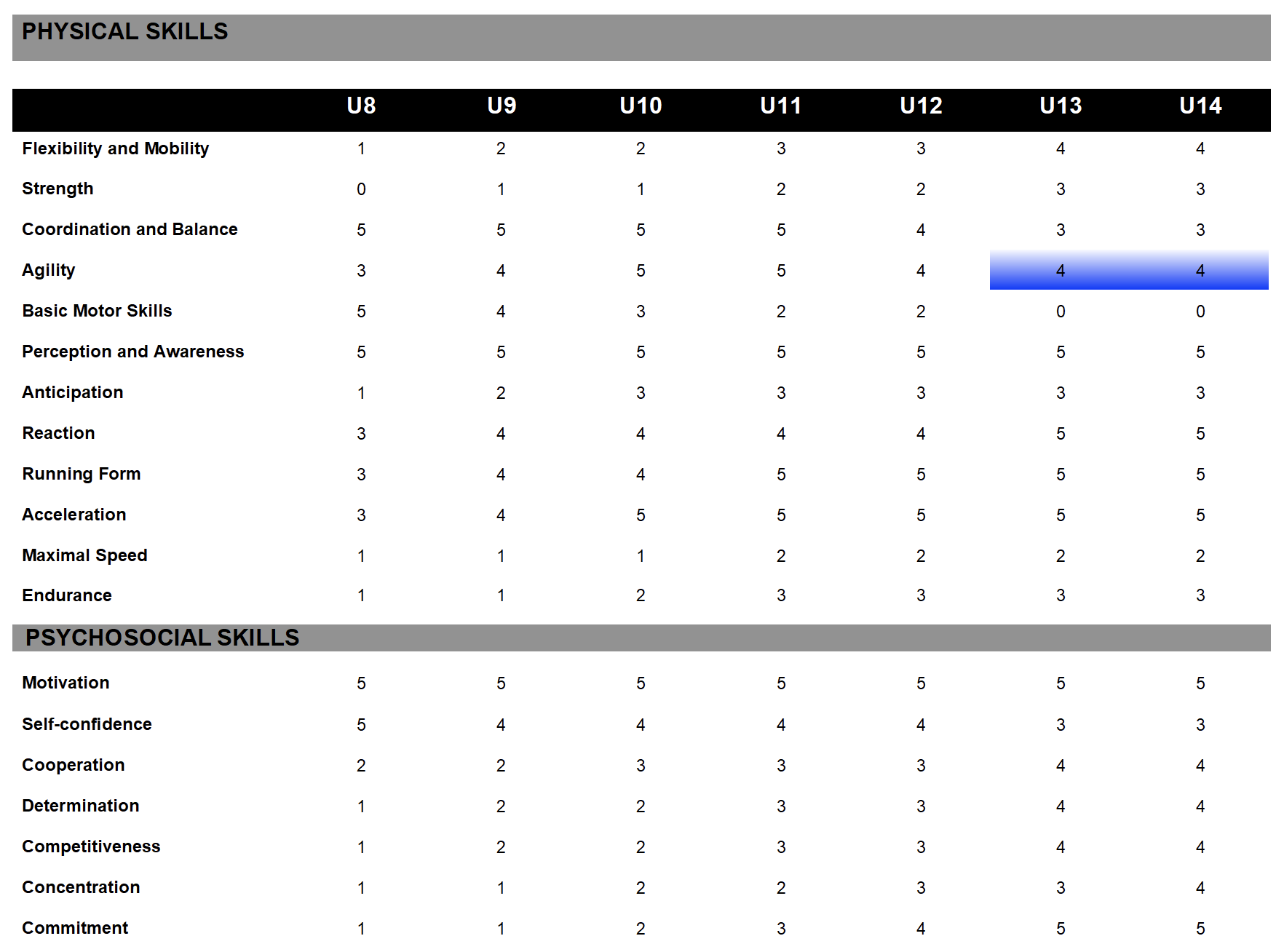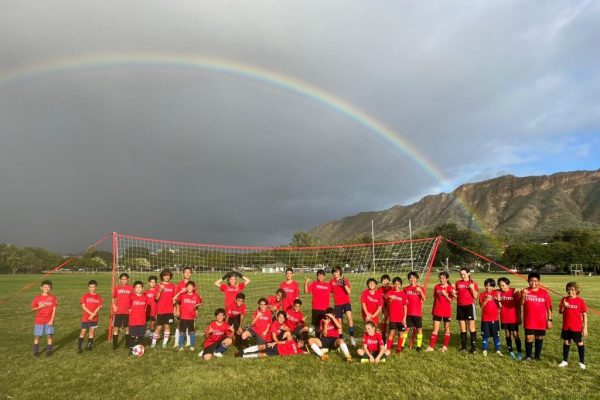
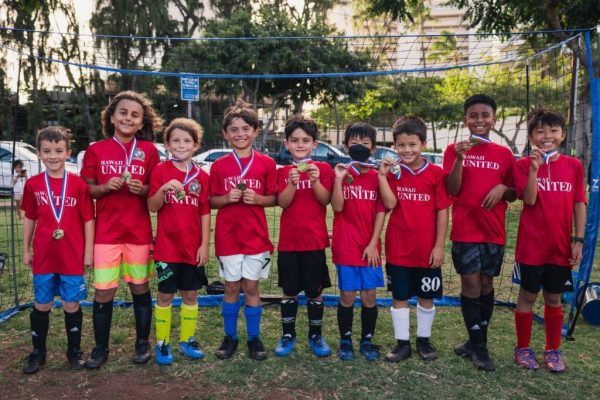
Our Soccer Program
We believe our youth should be engaged in team sports to foster a healthy sense of well being and to promote a healthy lifestyle.
At Hawaii United, we have two tracks for our players. Competitive teams for players who have developed age appropriate level skills, and developmental teams for players who want to gain additional skills. Competitive teams will only enter leagues when the team is ready; whereas developmental teams will engage in non-competitive scrimmages with other clubs.
Players are continually accessed to ensure they are on the right track. And those players with exceptional skills will play and train at a higher level.
Regardless of your youth’s starting point at Hawaii United, he/she will be trained within our ‘Player Development Curriculum’ which is based on a possession-based attacking system that displays a positive possession strategy focusing on winning the ball and counter-attacking quickly.
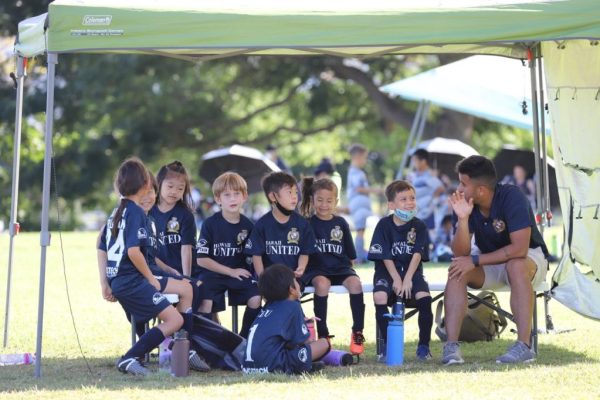

Player Development Curriculum
A curriculum is a plan for teaching that includes explicit statements known by both the coach and the player. The player knows not only what to do, but also whether he or she has done it. These benchmarks are what the coach will use to assess a player’s performance.
There is continuity throughout the year in the way training sessions are conducted. Training sessions are planned in advance and in detail. Strategic components are taught: gaining possession, keeping possession, and counter attacking.
Principles of Play
A possession based attacking system that displays a positive possession strategy focusing on winning the ball and counter attacking quickly.
The principles of play are essentially the checklist a player goes through psychologically for each tactical situation that occurs in a match. Over many years of appropriate training and matches, these principles will become second nature for the players, and improved decision making quickens.
Principles of Attack
✓ Penetration
✓ Depth – support (angle and distance)
✓ Mobility – unbalancing (off-the-ball runs)
✓ Width – switch the point of attack
✓ Improvisation
✓ Finishing
Principles of Defense
✓ Pressure – immediate chase
✓ Delay – get goal-side
✓ Depth – cover
✓ Balance – get ball-side
✓ Compactness – concentration
✓ Control and restraint
Applying the Principles of Play
Player role – attack
1st Attacker – Penetration
2nd Attacker – Support
3rd Attacker – Width and Depth
Player role – Defense
1st Defender – Pressure and Delay
2nd Defender – Depth
3rd Defender – Balance
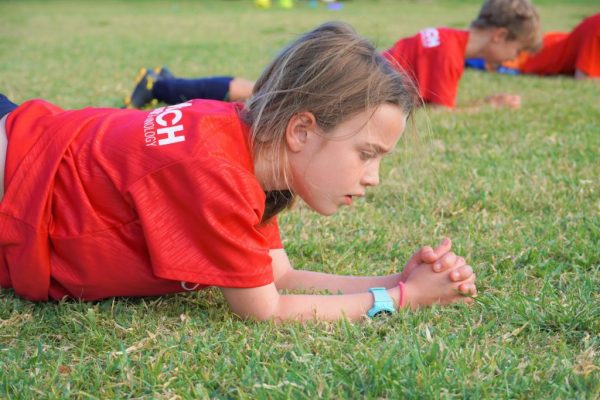
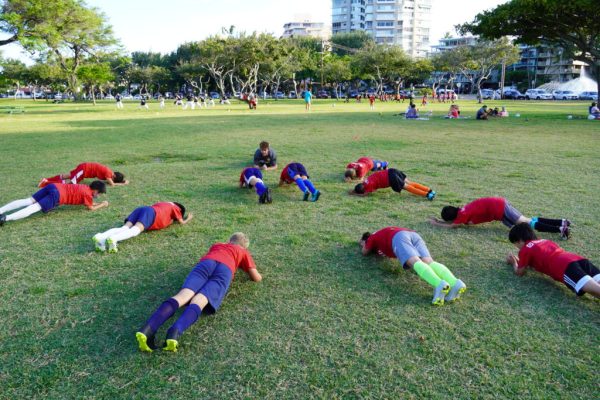
Critical Elements of Development
If you want your youth to reach his/her fullest potential, you must give him/her the right tools. This begins with the right developmental style of competitive coaching and training in four areas: Technical, Tactical, Physical and Psychological. This is why we selected coaches who have played on the national and international level to coach our youth.
Hawaii United believes fostering a structured, developmental environment requires common standards and benchmarks that can be followed by trainers and understood by players and parents. Hawaii United standards focus on developing smart, complete soccer players, while preparing boys and girls to play at higher levels.
We focus on the four critical elements of development
Technical
The ability to execute individual skills critical to gameplay. As players mature and settle into positions, skill emphasis may differ by position. For example, a central midfield player will need different techniques and expertise as compared to an outside back.
Tactical
Hawaii United aims to create players, capable of adapting to the constantly changing circumstances of the game. Tactical skills are when a player takes action or makes a decision to gain an advantage on the field.
Physical
Strong and resilient players will provide a significant advantage to the team. A tired player will struggle to think properly and is prone to commit more errors.
Psychosocial
A player is often affected by his/her emotions. Players will learn to use these emotions to their advantage and turn them into strengths.
The tables below illustrates relative workload in a given year for each skill; 5 being highest and indicating an area of emphasis; 0 being lowest and indicating no emphasis in training for that age group. For example: heading is a 1 (and unimportant) for U8s and a 5 (very important) for U14s.
Click above image to view larger.
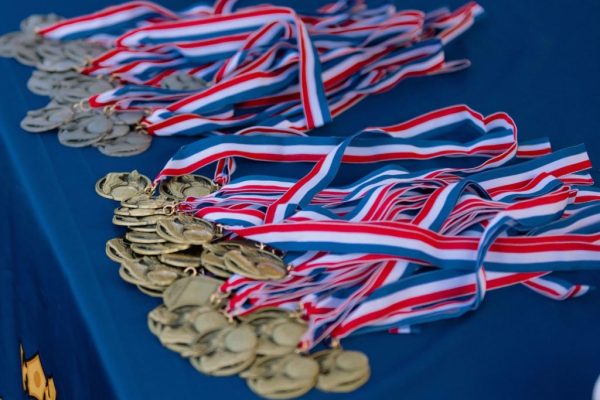
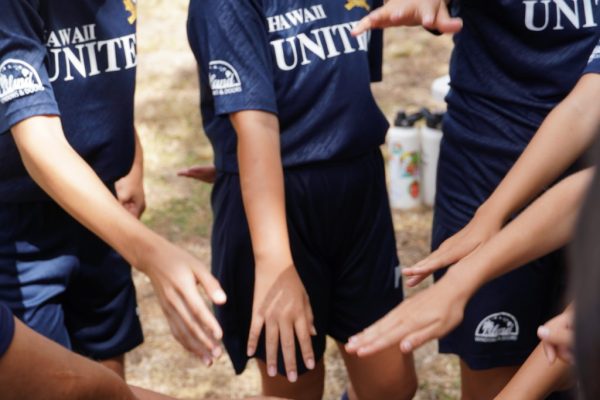
Our Guiding Principles
“Leadership in All We Do” is a pathway guiding all players, coaches and parents to do their very best no matter how immense the challenge.
VISION
To assist players to reach their potential through sports
VALUES
Effort – Teamwork – Respect – Passion
MISSION
Development of Psychological, Physical, Technical and Tactical capacity
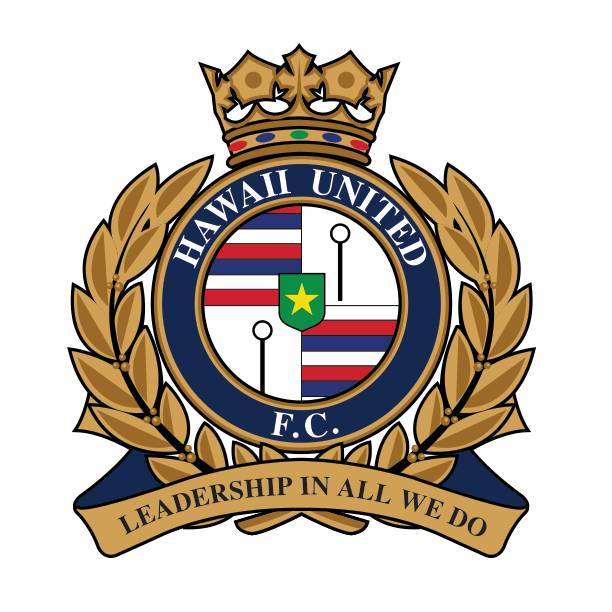
About the Crest
The star in the middle of the shield signifies the fiftieth star added to the United States flag. The first and fourth quarters display the white, red, and blue stripes of Ka Hae Hawaiʻi or the flag of Hawaiʻi. The second and third quarters are the white Puloʻuloʻu, or kapu sticks with tapa-covered balls on the end.
Kapu is the ancient Hawaiian righteous code of conduct. In the blue circle surrounded by the gold laurel, the team name Hawaii United F.C. is proudly displayed. The gold laurel on the outside of the crest is indicative of achievement and success.
